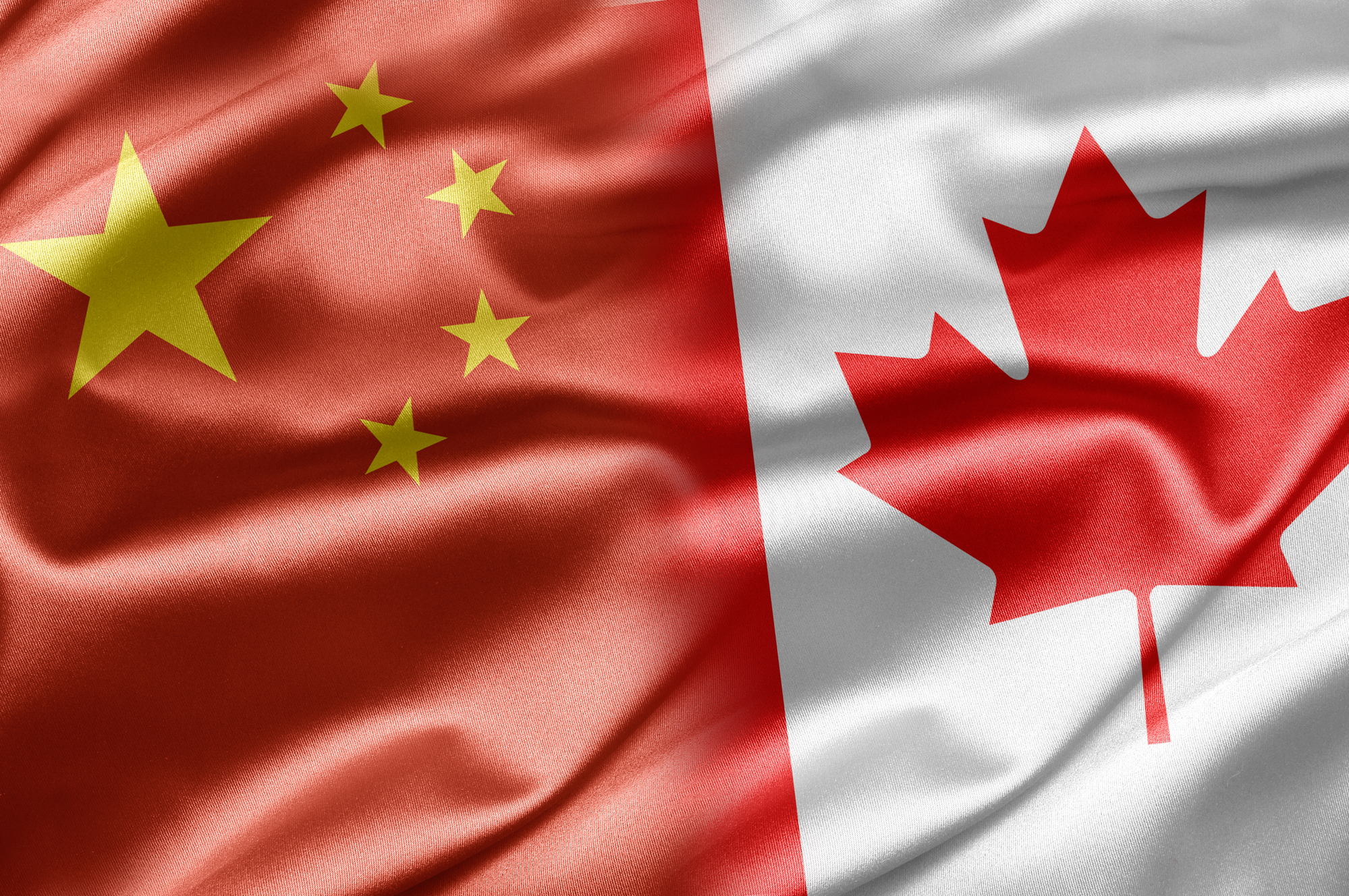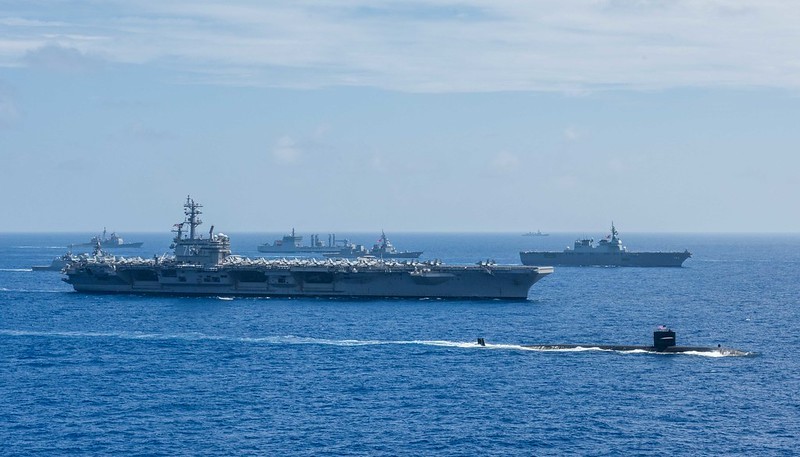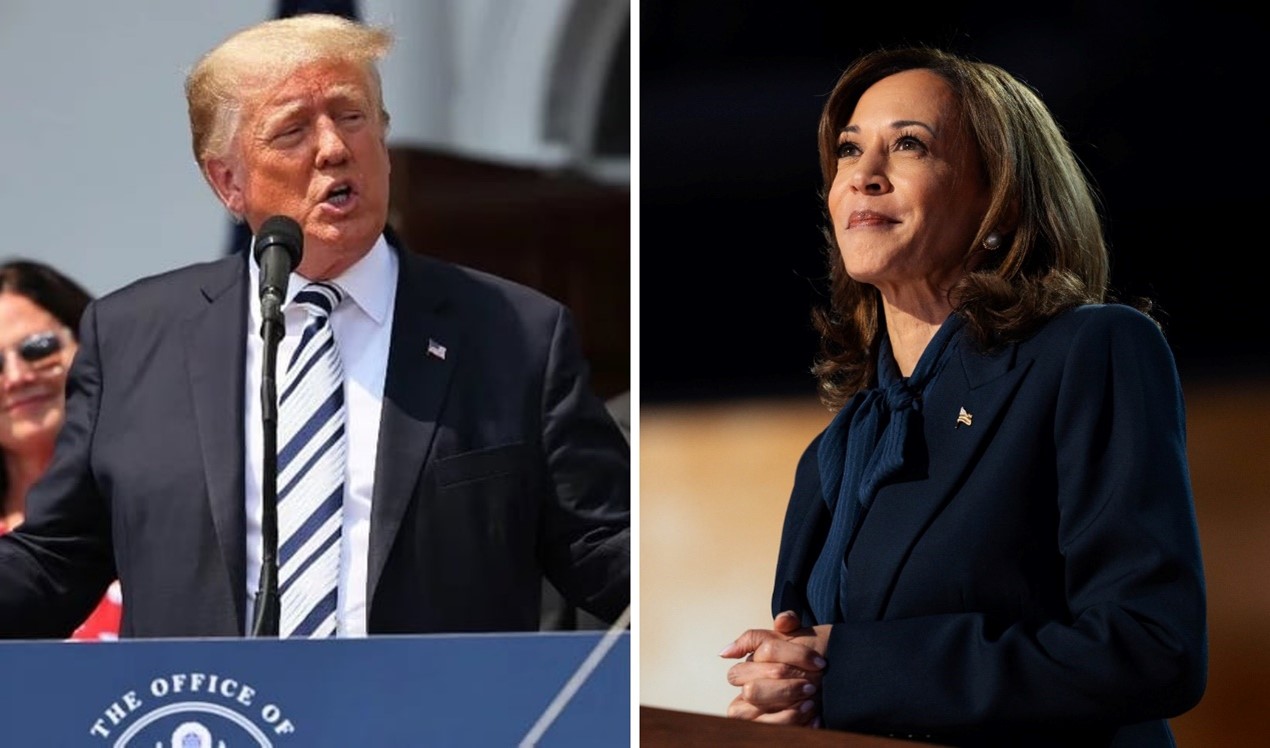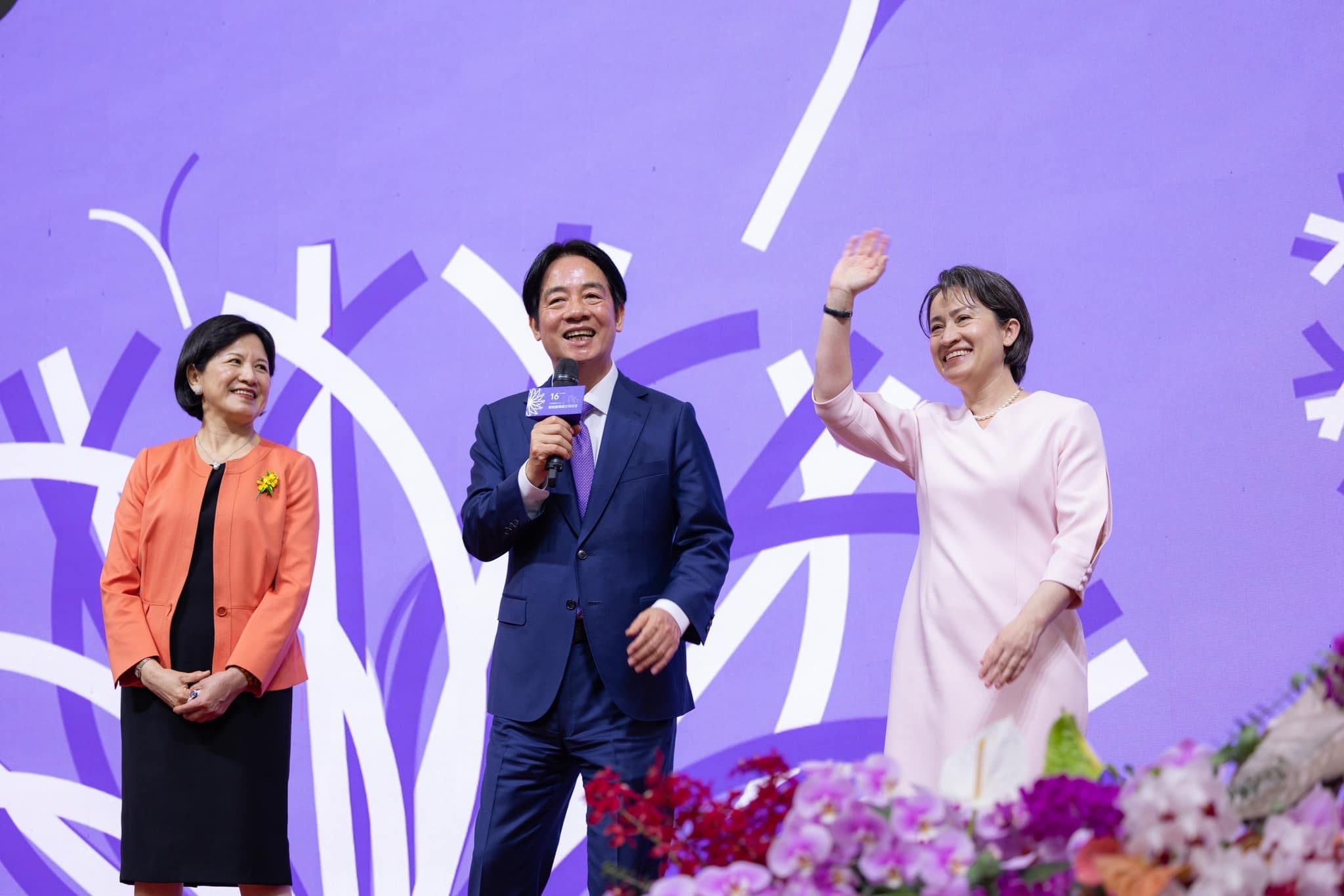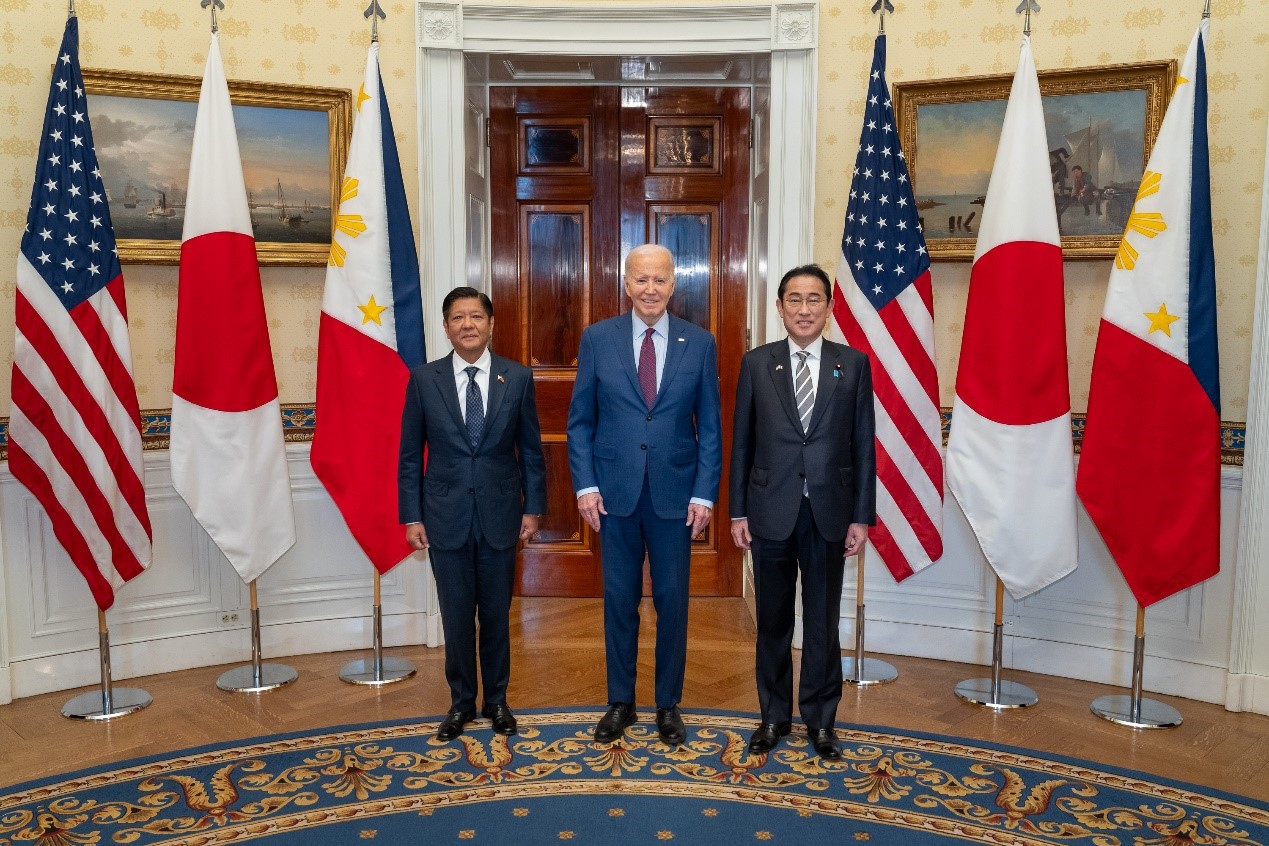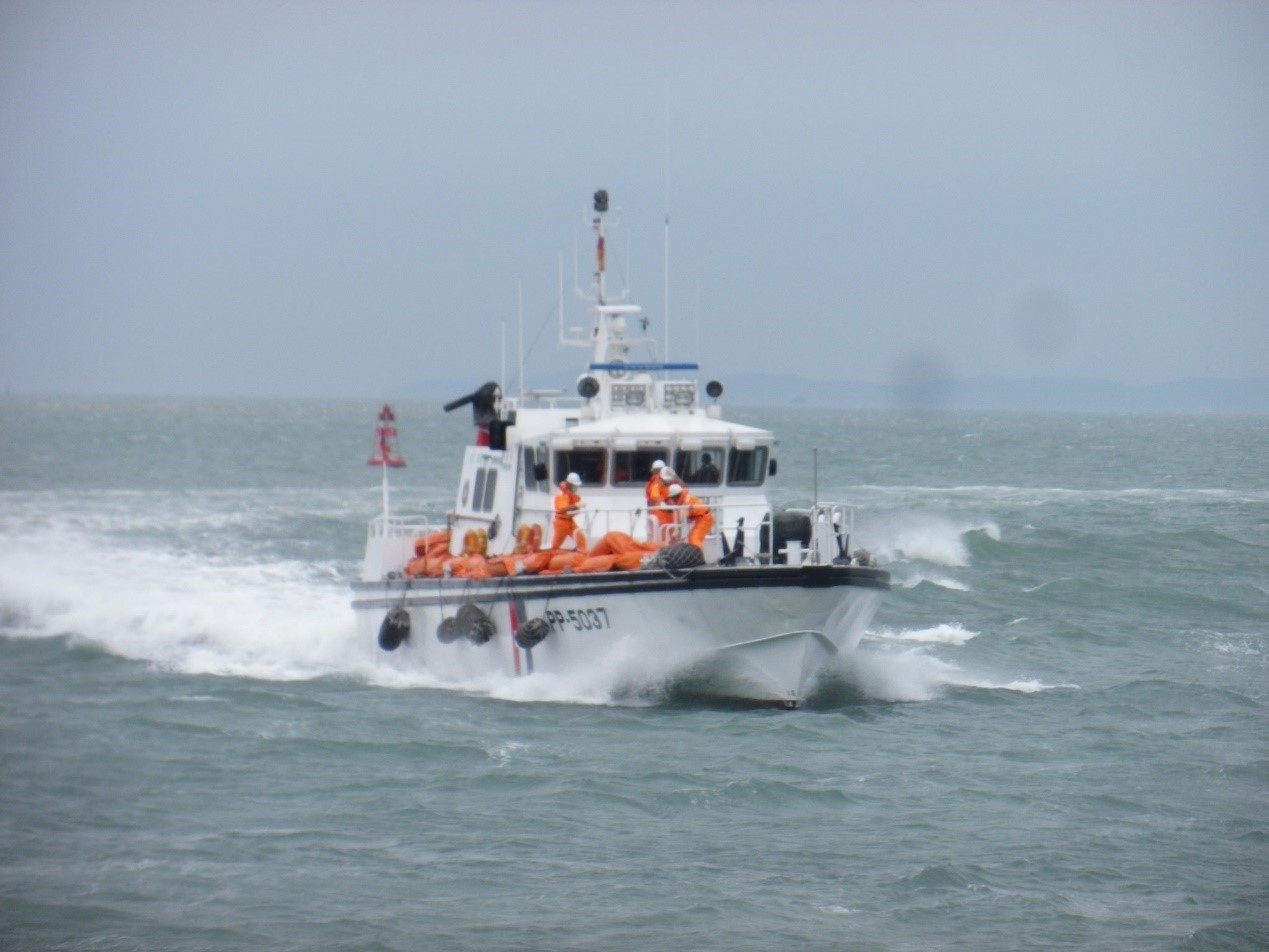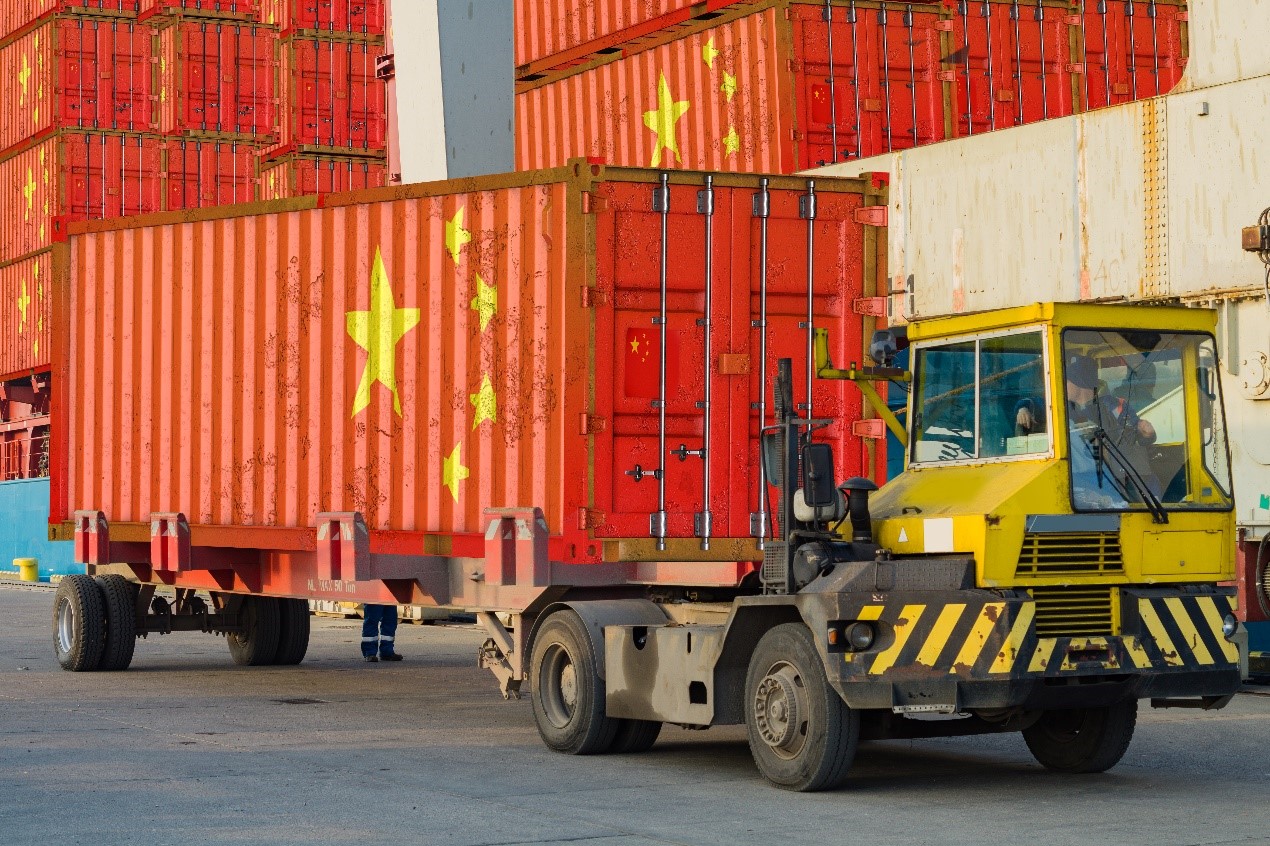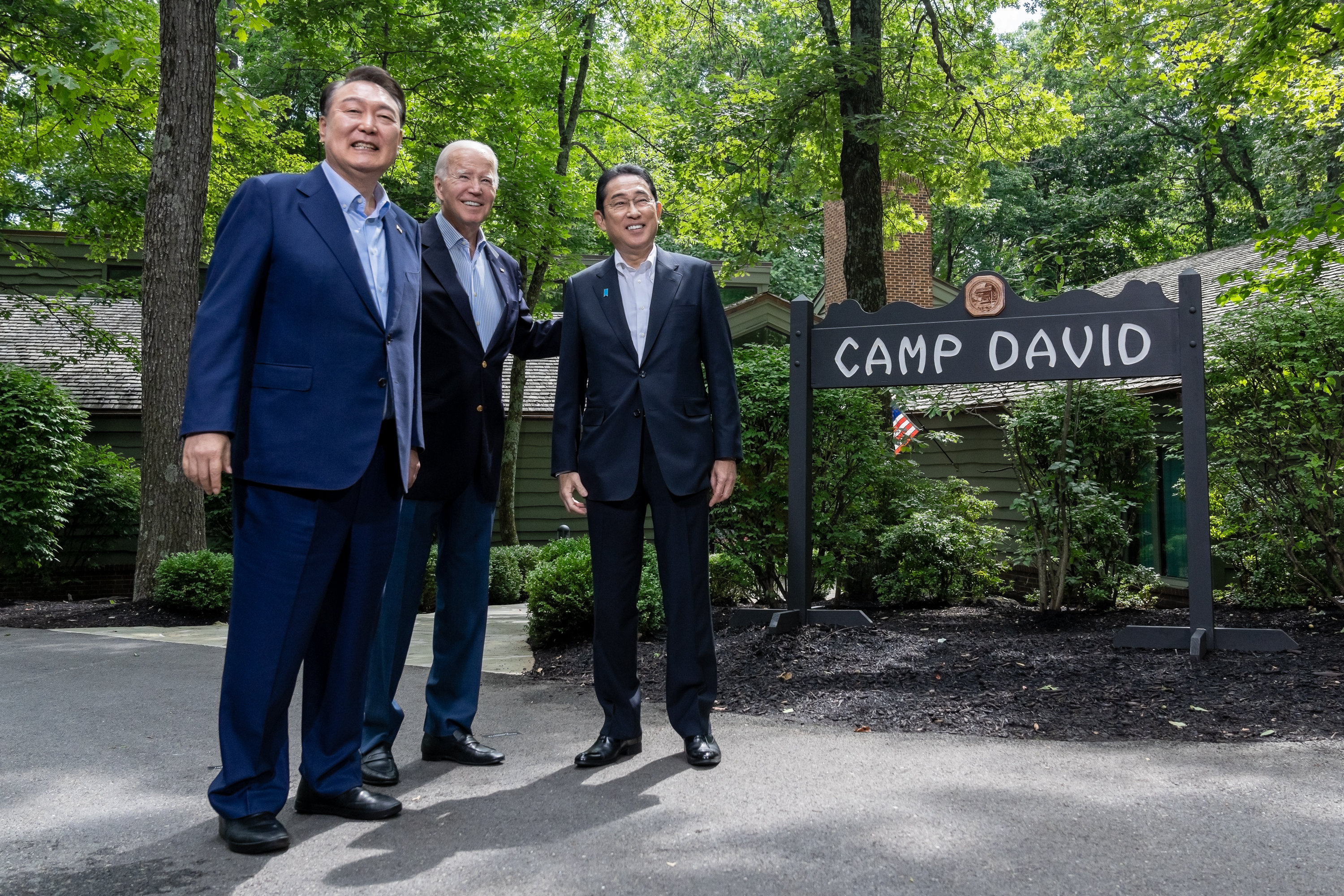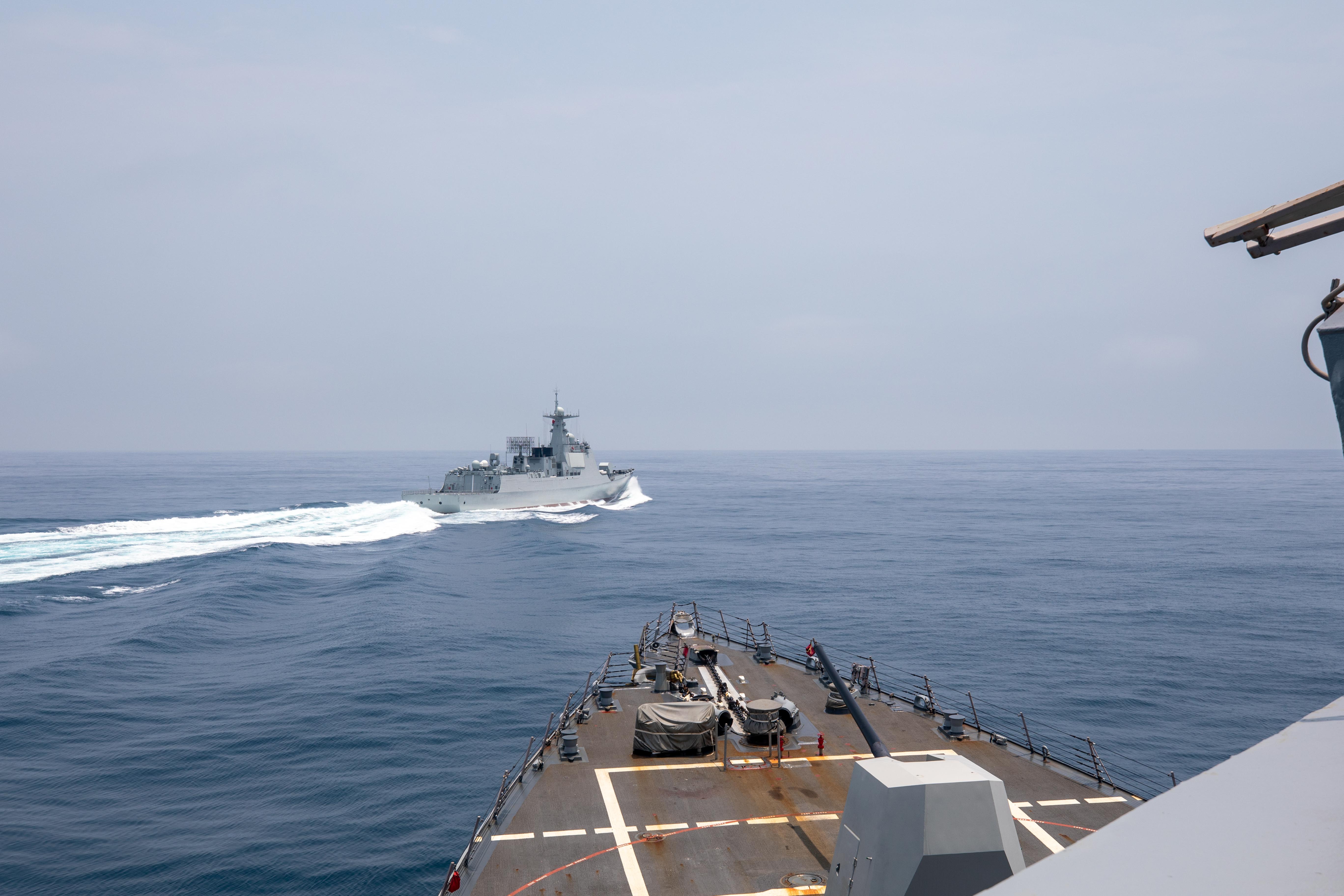On November 27, 2022, Canada released its long-delayed Indo-Pacific Strategy (CIPS). China is labeled as an increasingly disruptive global influence.
Picture source: Depositphotos.
Canada’s Indo-Pacific Strategy: Making China Part of the Indo-Pacific
Prospects & Perspectives No. 72
By Stephen Nagy
On November 27, 2022, Canada released its long-delayed Indo-Pacific Strategy (CIPS). Both Taiwan and China have prominent places in the CIPS. China is labeled as an increasingly disruptive global influence. CIPS stressed the scope of Chinese ambitions, highlighting that China aims to become the leading power in the region “through large-scale investments to establish its economic influence, diplomatic impact, offensive military capabilities and advanced technologies.”
China as a disruptive global influence
The CIPS stresses that China is “looking to shape the international order into a more permissive environment for interests and values that increasingly depart from ours. This can be seen in China’s disregard for UN rulings on disputes in the South China Sea, and its actions to further militarize that region and challenge navigation and overflight rights.”
These views echo prominent Chinese academics such as Tsinghua University’s Yan Xue Tong who has publicly voiced the view that:
China will work hard to shape an ideological environment conducive to its rise and counter Western values. For example, the United States defines democracy and freedom from the perspective of electoral politics and personal expression, while China defines democracy and freedom from the perspective of social security and economic development. Washington should accept these differences of opinion instead of trying to impose its own views on others.
The CIPS’ strong position on China comes after the a series of incidents including the illegal detention of Michael Kovrig and Michael Spavor for more than 1,000 days in what many call hostage diplomacy, the revealing of Chinese efforts to influence Canadian elections and a realization in Ottawa that at the political, economic and security level, Xi Jinping’s China is engaged in an all-out effort to erode away the rules-based order that Canada has relied on for its post-World War II peace, prosperity and stability.
Canada’s unapologetic position that it will defend its national interest, be it with regard to the global rules that govern global trade, international human rights or navigation and overflight rights, resonates with like-minded states’ deep concerns about China. In particular, China’s disregard for UN rulings on disputes in the South China Sea, its actions to further militarize that region and challenge navigation and overflight rights, its recent military drills around Taiwan and its track record of economic coercion, gray zone and lawfare tactics to pressure Japan and other like-minded countries to head to Beijing’s demands.
Canada’s non-zero sum approach
The Strategy outlines five interconnected strategic objectives:
1. Promoting peace, resilience and security
2. Expanding trade, investment and supply chain resilience
3. Investing in and connect people
4. Building a sustainable and green future
5. Canada as an active and engaged partner to the Indo-Pacific
These five integrated pillars link Canada’s domestic priorities of diversity representation, reconciliation and environmentalism. At the same time, these pillars link Canada’s regional national interests of preserving a rules-based order, protecting human rights, inclusive development and working with regional partners like Japan, South Korea, Taiwan and building on key multilateral dialogues and forums in the Indo-Pacific, including the Association of Southeast Asian Nations (ASEAN), the ASEAN Regional Forum, the Asia-Pacific Economic Cooperation (APEC) and the Pacific Islands Forum.
This will be achieved by confirming Canada’s relationship with ASEAN at the level of Strategic Partner, seeking membership in the ASEAN Defence Ministers Meeting Plus (ADMM+) and in the East Asia Summit and augmenting Canada’s contribution to the ASEAN-Canada Plan of Action Trust Fund, which directs funding toward the priorities determined by ASEAN. This is in addition to seeking to negotiate and implement a Canada-ASEAN free-trade agreement and a Comprehensive Economic Partnership Agreement with Indonesia and launching a Canadian Trade Gateway in Southeast Asia.
While employing tough language on China, the CIPS does not rule our cooperation with China on global issues such as climate change, biodiversity loss, global health and nuclear proliferation. This non-zero sum approach to China is important for Canada and Japan in the wake of North Koreans missile tests, the tangible detrimental effects of climate change throughout the region and the lingering effects of the Covid-19 pandemic.
This hope for cooperation with China on shared global and regional issues sits alongside domestic, bilateral, regional and multilateral initiatives to challenge China, including when it engages in coercive behavior — economic or otherwise — ignores human rights obligations or undermines Canada’s national security interests and those of partners in the region.
For example, at the domestic level Canada will continue to strengthen the defense of its infrastructure, democracy, and Canadian citizens against foreign interference. At the bilateral level, Canada will pursue dialogue with China to advance Canada’s national interests while remaining true to its values, all the while focusing relentlessly on Canadian priorities. Canada is reviewing all mechanisms and structures, such as Memorandums of Understanding (MOUs) and Dialogues, across all federal departments to ensure they advance Canada’s national interests in the 21st century. At the regional level, Canada will balance its approach to China with diversified investments in regional relationships and institutions and a strong vision for the country in the Indo-Pacific region. This includes Canada working with partners to push back against any unilateral actions that threaten the “status quo” in the Taiwan Strait, as well as the East and South China Seas. At the multilateral level, Canada will work closely with its partners to face the complex realities of China’s global impact and continue to invest in international governance and institutions. Canada will pursue new solutions to push back against behavior that undermines international norms, such as arbitrary detention and economic coercion.
Taiwan as a Canada partner in the Indo-Pacific
Canada recognizes that new minilateral formulas that include Taiwan will be important in creating a sustained and meaningful presence in the Indo-Pacific. As a consequence, Canada aims to work with Taiwan to purse stronger people-to-people relations in initiatives such as reconciliation with First Nations, Inuit and Métis Peoples through enhanced Indigenous exchanges with regional partners, such as Australia, New Zealand and Taiwan and support education and skills development for Indigenous youth. This comes in tandem with efforts to grow its economic and people-to-people ties with Taiwan while supporting its resilience.
Like-minded countries and friends like Taiwan will welcome Canada’s Indo-Pacific Strategy, especially as it takes a comprehensive approach that make China part of the Indo-Pacific, not the other way around. Through focusing on partnerships that support a rules-based order, human rights, diversity, the environment, resilience and security, Canada’s next challenge will be to translate its strategy into concrete actions that are sustainable, meaningful and credible.
(Stephen Nagy is a Senior Associate Professor, Department of Politics and International Studies, International Christian University, Tokyo.)


